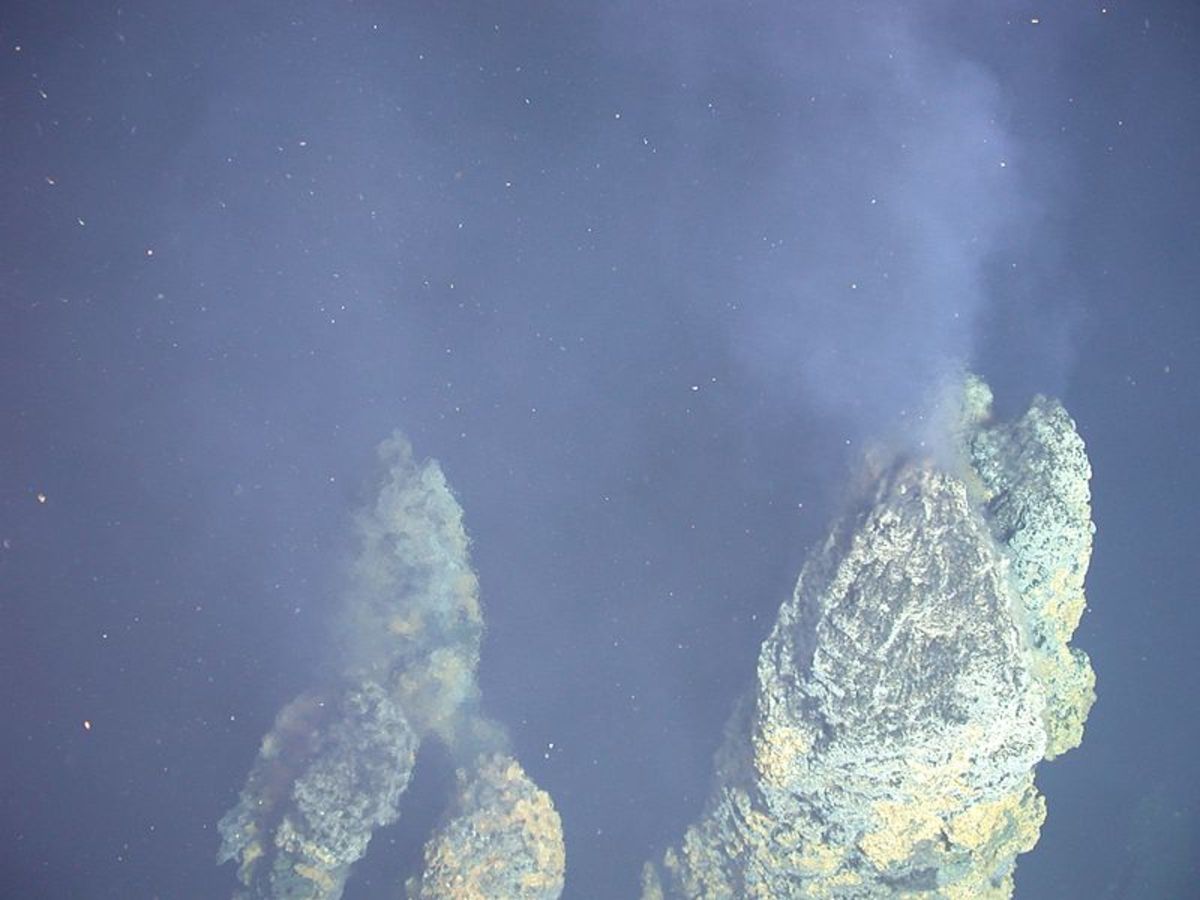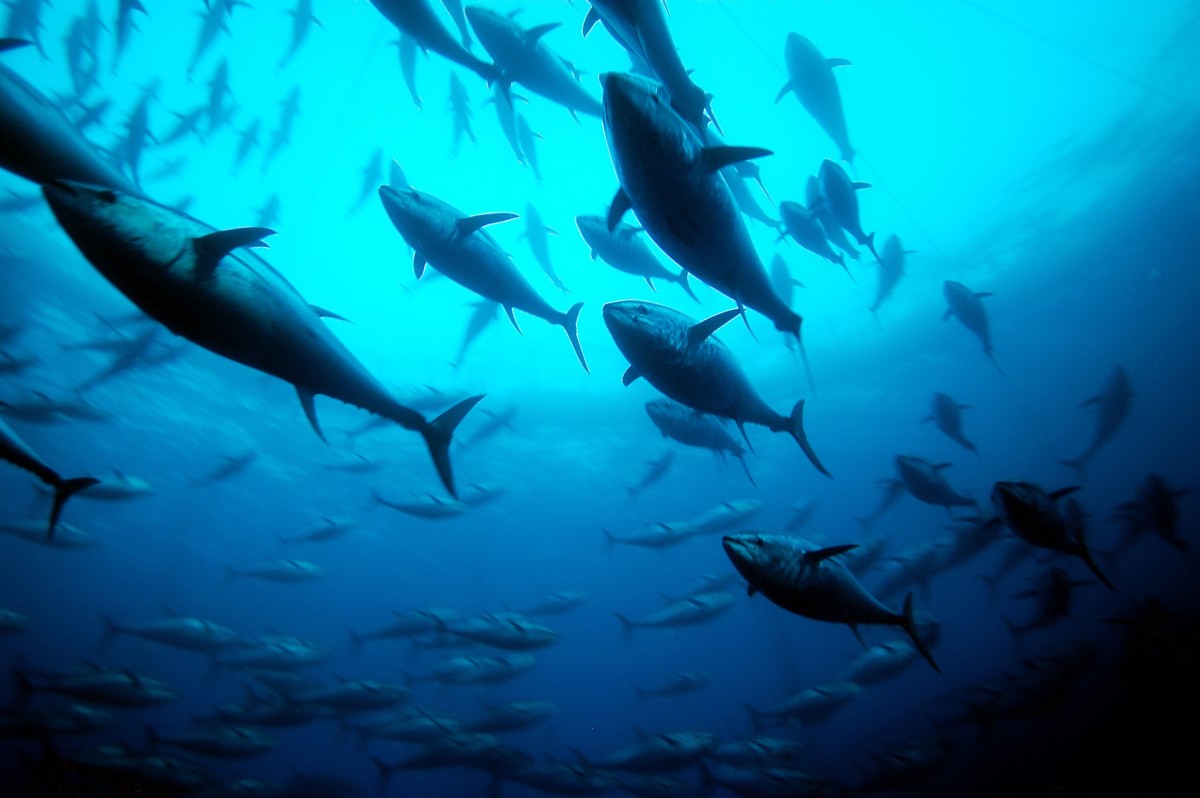Sunlight and the Miracle of the Little Einsteins
From Sun to Earth...
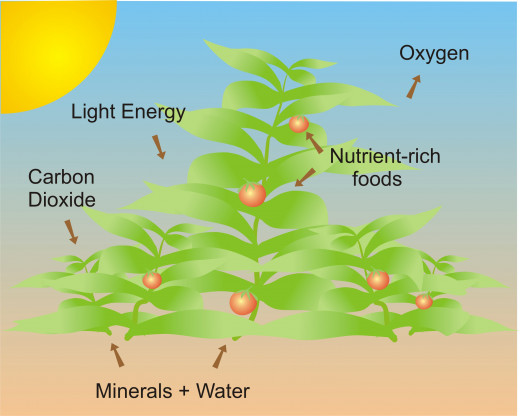
Food, Light and Energy
I have misty memories of a time I was young and a piece of television advertising described vitamin C as “the sunshine vitamin”. For a long time afterwards, whenever I munched a juicy segment of orange or bit into a piece of glistening, yellow pineapple, I fancied that I was eating sunshine. In later years, as I learned about photosynthesis in school, I discovered that my fancy might be quite literally, true.
I just love the fact that we are all, people, animals and plants, everything on this planet in fact, made of the dust of exploded stars or supernovae. Scientists know this because these stellar bodies emit the same patterns of light and colour that elements like carbon and sulphur and potassium do. However, I love even more the idea that we are energised by sunlight. By this, I do not mean that the light of the sun makes us feel lively on a winter’s morning (although it can do) but that all of the animals and plants on this planet are fuelled by the light that is delivered directly to planet Earth from the flaming ball of hydrogen and helium ninety-three million miles away. Photosynthesis literally means “putting together with light (Encyclopaedia Britannica). The food chain begins with plant life and without the miracle of photosynthesis, triggered by sunlight, there would be no life on earth.
What really consolidated my knowledge on this subject was discovering and reading Leslie Kenton’s best-selling book, Ageless Ageing. In the book, the writer expounds at length the difference in vitality between the nutrition provided by the plant kingdom from that derived from animal produce and processed foods. She explains that it is not enough simply to think of food in terms of a “materialistic” breakdown of proteins, fats, vitamins and so on, but that food sourced directly from the plant kingdom is so much more than the sum of its parts and vital in the fight against ageing. To understand her argument better, I made an in-depth study of the photosynthetic process.
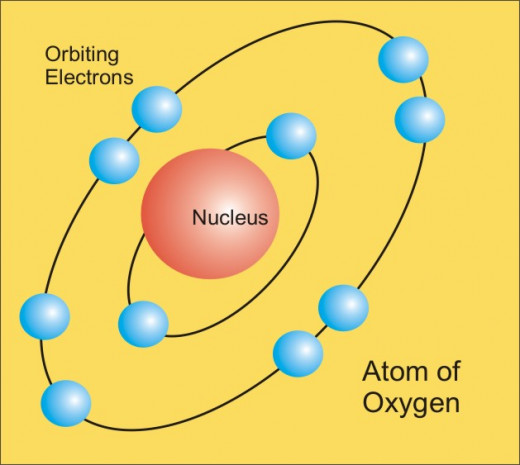
Everything on this planet (and other planets) is made of atoms and molecules. An atom is a structure of charged particles, a nucleus of positively-charged protons held together by an equivalent number of neutral particles called protons, with negatively-charged electrons rotating about the nucleus. Atoms join forces into molecules which, in turn, form into the myriad cells and organisms that our bodies are made of.
Green plants take in the gas carbon dioxide through stomata, tiny pores on their leaves. At the same time, the plant uses an ingenious method to capture light energy from the sun. The sunlight excites the electrons in the molecules of chlorophyll in the chloroplasts, the cells of the plants and the “green stuff” that they are made of. The excited electrons of the chlorophyll effect a process called a redox reaction, changing one molecule of carbon dioxide (CO2 ) and two molecules of water (H2O) into one carbohydrate molecule (CH2O), plus a residue of oxygen and water. This is why growing plants “breathe” out oxygen and water vapour, a process known as respiration. A simple equation for the process runs thus:
6(CO2 ) + 12(H2O) = C6H12O6 + 6(O2 ) + 6(H2O)
The C6H12O6 is a molecule of glucose, and these molecules link together to form starch, which we recognise as the “stuff” that plants are made of, and this starch is actually what we call “carbohydrate” in food. Since the process of photosynthesis also produces amino acids, proteins, lipids or fats, pigments and other organic compounds, several minerals are required for healthy plant growth. These include nitrate or ammonia, sulphur and phosphorus compounds, magnesium and potassium, the components of a healthy soil.
However, the foods produced by the plant are just the by-products of the process. What is more interesting is the nature of the light in the equation. Light is an actual, quantifiable substance, measured in photons, a mole of photons being known as an “einstein”. In chemistry, a mole is a standard unit of measurement, being approximately 6.02 x 1023 number of molecular units of a compound or element. For example, the production of one mole of oxygen and one sixth of a mole of glucose results in the plant storing about 117 kilocalories.
In the chapter, The Body Electric, Kenton asks an intriguing question: what controls the controllers? She theorizes that these units of energy are also quantifiable particles of information, a kind of “intelligence”. When you think about it, plant growth (and ours) is nothing short of a miracle. After all, how does one, tiny seed turn into a fruit-yielding plant or an acorn grow into an oak tree? Unlike animals, large plants like trees can live for hundreds of years.
Kenton describes at length the work of Albert Szent-Gyorgi, who theorized that the molecular structures in our cells may be able to support the semiconduction of electricity. Semiconduction can only take place in materials that have a well-ordered molecular structure. For example, in crystals and metals, atoms are arranged in neat lattices that allow electrons to flow with ease from the outer shell of one atom to another. Szent-Gyorgi theorized that protein molecules in tissues may be linked together in a way that electrons flow in a semiconducting current, enabling energy to pass along as “information”.
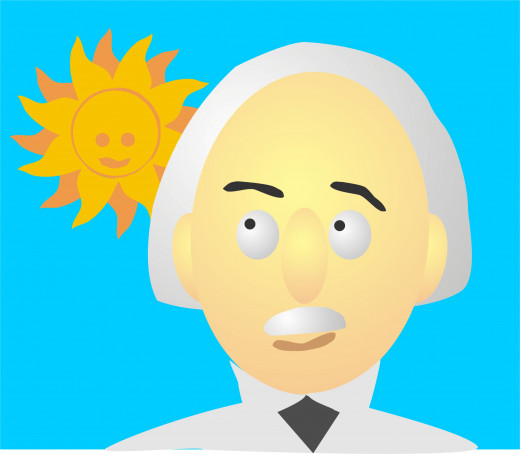
The Little Einsteins
The process of digesting foods and transforming it into energy is known as metabolism. The problem with the metabolic process is that it produces harmful by-products knows as “free radicals”, unstable molecules that rove our tissues, seeking to link with and damage vital substances in our cells. This “oxy-stress” causes injury, inflammation and destruction. Worse again, damage caused by free radicals disrupts the repair mechanisms by which our bodies protect us against environmental pollutants like heavy metals and radiation. Kenton postulates that by eating natural and whole foods drawn from plants, we keep our “metabolic highways” as clean and free from the by-products of processed food, as possible. In short, the more pure and untainted by processing that our food is, the more clean and efficient is the metabolising process. The best foods are those that are sprung from nature and sunlight, without having had to be grown by another animal.
I just love the thought of the “little einsteins” of energy from healthy food being like information going into the body, information that has given rise to all of the labour and ideas that have shaped today’s world. After all, the supremo physicist did lay down the now widely accepted equation E = mc2 meaning that energy is a form of mass or matter, while matter is a form of consolidated energy. So, the next time you say hello, sunshine to a loved one, you really are talking literally.
Sources
Encyclopedia Britannica
Ageless Ageing: The Natural Way to Stay Young by Leslie Kenton, Arrow Books, 1985



